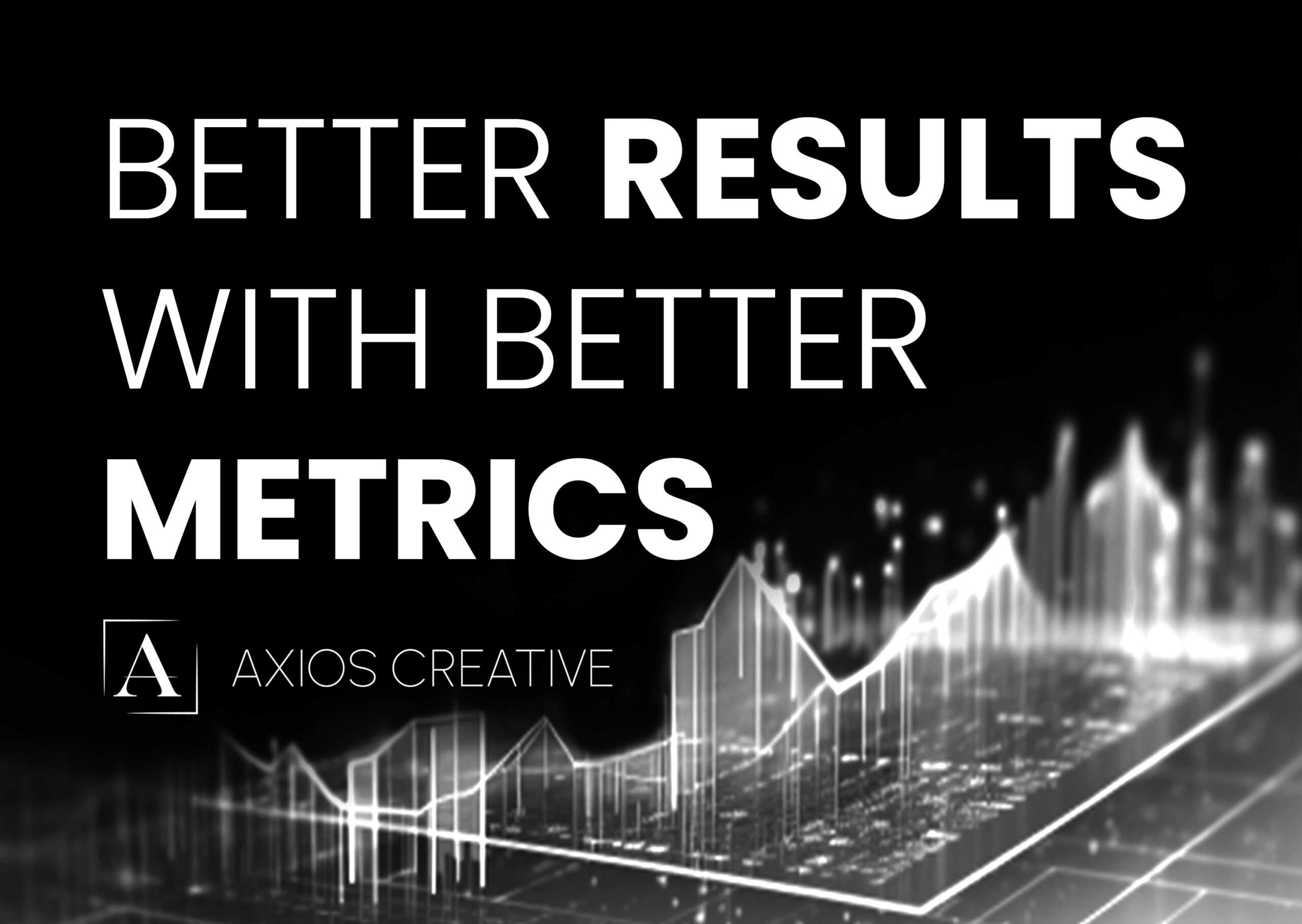
The Importance of Using Better Metrics for Marketing Success
In the fast-paced world of marketing, where digital platforms and consumer behavior are constantly evolving, achieving better outcomes is a priority for any marketer. Yet, while much attention is often paid to creating compelling content, targeting the right audience, and optimizing advertising channels, the backbone of effective marketing lies in measuring success through the right metrics. Using better metrics not only provides a clearer picture of performance but also guides strategic decisions that drive growth. This essay explores why marketers must prioritize the use of better metrics to achieve more meaningful and impactful results.
1. Understanding Metrics: The Foundation of Effective Marketing
Metrics are quantifiable measures that allow marketers to evaluate the performance of their campaigns. These can range from basic metrics like impressions, clicks, and conversions to more sophisticated ones like Customer Lifetime Value (CLV), Return on Investment (ROI), and Net Promoter Score (NPS). The choice of metrics often dictates the strategy, goals, and tactics of a marketing campaign. However, not all metrics are created equal, and focusing on the wrong ones can lead to misguided strategies, wasted budgets, and poor performance. This is why it is crucial to distinguish between vanity metrics and actionable metrics.
2. Vanity Metrics vs. Actionable Metrics: The Need for Substance Over Appearance
Vanity metrics, such as likes, shares, and impressions, often receive a lot of attention because they are easy to measure and can make a campaign look successful at first glance. However, these metrics do not always correlate with business outcomes like revenue growth or customer loyalty. On the other hand, actionable metrics provide insights that directly impact the bottom line. For example, metrics such as conversion rates, Customer Acquisition Cost (CAC), and Customer Retention Rate (CRR) offer a more accurate reflection of how a campaign contributes to business objectives. By focusing on actionable metrics, marketers can make data-driven decisions that lead to sustainable growth rather than short-term popularity.
3. Aligning Metrics with Business Goals: Driving Strategic Decisions
One of the fundamental reasons to use better metrics is to ensure alignment between marketing efforts and overall business goals. When marketers track metrics that are directly tied to their company’s objectives, they can better understand how their campaigns contribute to key outcomes such as revenue growth, market expansion, and brand loyalty. For instance, if a company aims to increase customer retention, focusing on metrics like CRR, Net Promoter Score (NPS), and Repeat Purchase Rate would be more effective than merely counting website traffic or social media engagement. Using relevant metrics enables marketers to identify which tactics are working, where adjustments are needed, and how to allocate resources more effectively.
4. Improving Campaign Optimization: The Path to Efficiency and Effectiveness
Better metrics lead to better optimization. When marketers rely on robust data, they are better positioned to optimize their campaigns for greater efficiency and effectiveness. For example, by analyzing conversion rates alongside the cost per acquisition (CPA), marketers can pinpoint which channels are delivering the best return on investment and allocate their budget accordingly. This enables them to move beyond a “set it and forget it” approach, continuously testing, learning, and refining their strategies based on reliable data. Over time, this leads to improved performance, reduced costs, and maximized impact.
5. Building a Culture of Accountability and Continuous Improvement
When a marketing team commits to using better metrics, it fosters a culture of accountability and continuous improvement. By setting clear, measurable goals and regularly evaluating performance against these goals, marketers can maintain focus and transparency within their teams. This approach not only helps in identifying successful strategies but also in recognizing areas that require improvement. Moreover, a metric-driven culture encourages marketers to experiment, innovate, and adapt to changing market dynamics, knowing that their efforts will be assessed against well-defined criteria.
6. Leveraging Advanced Analytics: Moving Beyond Traditional Metrics
The digital landscape offers a wealth of data that can be leveraged to gain deeper insights into consumer behavior and campaign effectiveness. Advanced analytics tools and technologies, such as machine learning and artificial intelligence, enable marketers to move beyond traditional metrics and uncover more nuanced insights. For example, predictive analytics can help marketers anticipate customer behavior, optimize content personalization, and forecast future trends. By adopting these advanced tools, marketers can enhance their decision-making processes and achieve better outcomes.
7. Conclusion: Better Metrics, Better Outcomes
In conclusion, the importance of using better metrics in marketing cannot be overstated. As the marketing landscape continues to evolve, the ability to measure success accurately and meaningfully is paramount to achieving sustainable growth and competitive advantage. By prioritizing actionable metrics over vanity metrics, aligning metrics with business goals, optimizing campaigns based on data-driven insights, and embracing advanced analytics, marketers can drive better outcomes, foster a culture of accountability, and ensure long-term success. Remember, in marketing, as in any business function, what gets measured gets managed. Therefore, using better metrics is not just an option—it is a necessity for effective and impactful marketing.

